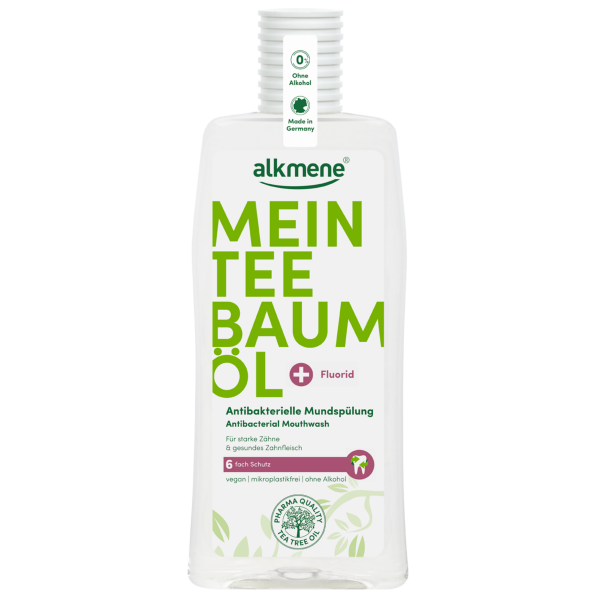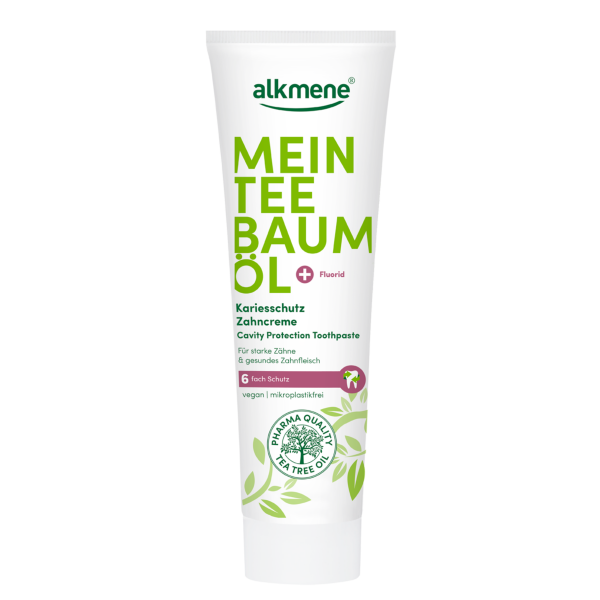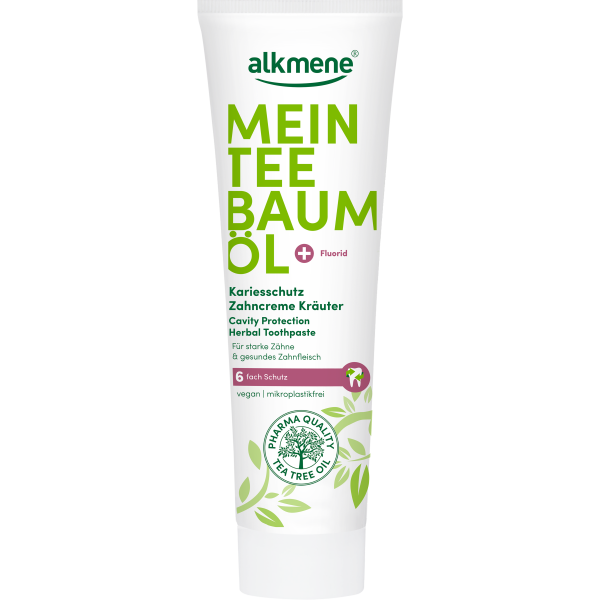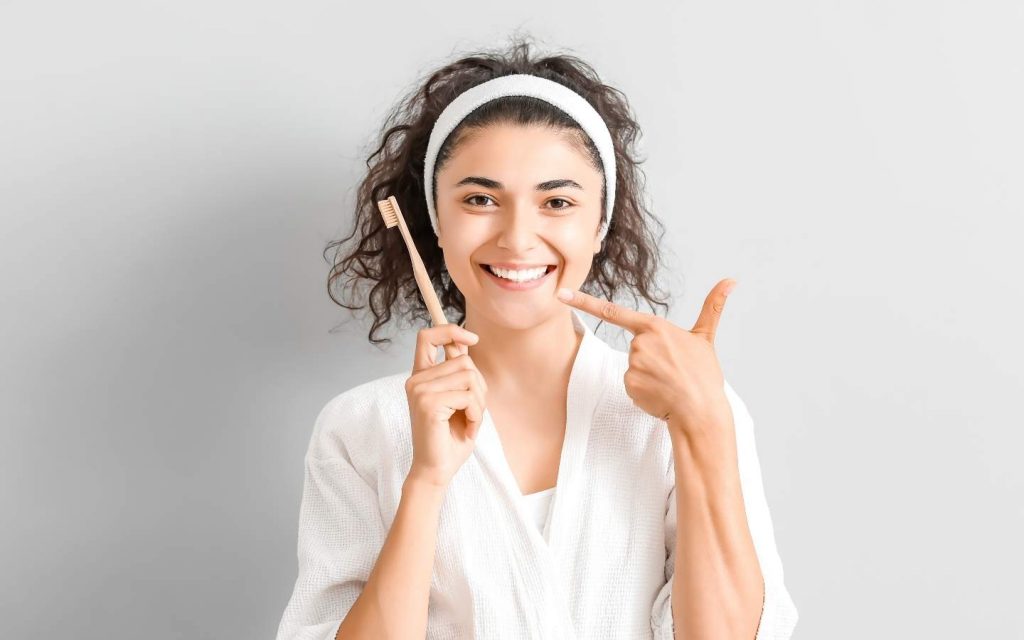


This article has been reviewed by:
Birgit Schlee
Dental hygienist
Almost everyone knows that brushing teeth is important. Nevertheless, caries and periodontitis are widespread, every second German over the age of 35 suffers from periodontitis and only about 1 percent of adults have completely caries-free teeth. The reason for this is that most people take too little time for their oral hygiene and do not brush their teeth properly. To avoid this, you will find information in this article about the questions “how often/long should I brush my teeth?”, “which brushing technique is the right one?” and “is it important that I floss my teeth?”.
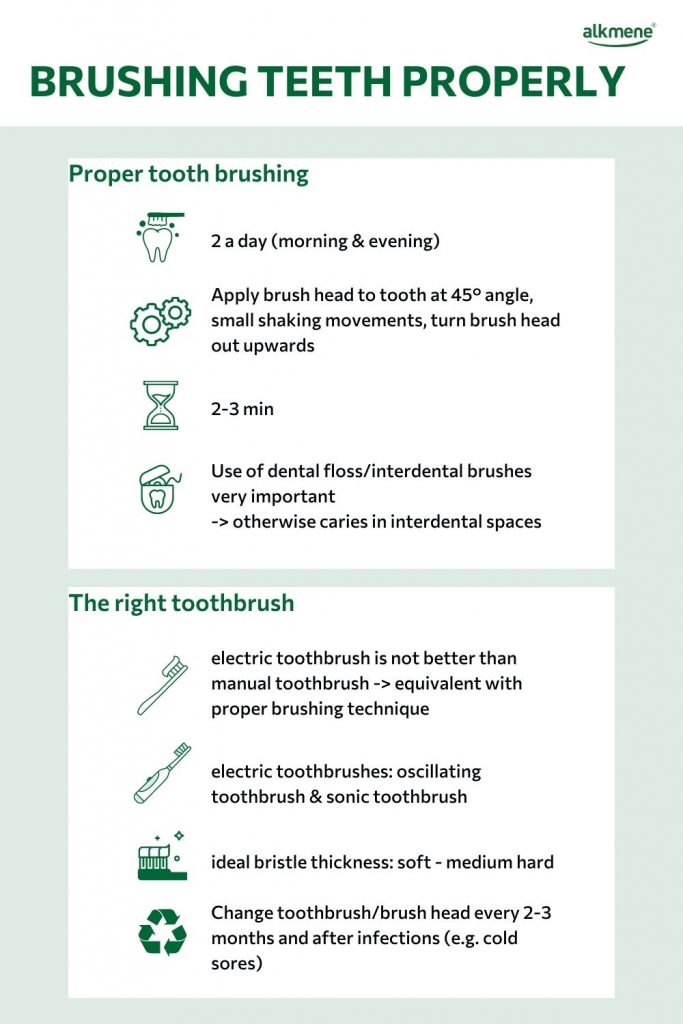
Korrektes Zähneputzen Do´s und Dont´s
You should brush your teeth twice a day. In the evening, the teeth should be cleaned particularly thoroughly. Throughout the day, a lot of saliva flows in our oral cavity, so the plaque from eating and drinking is constantly washed around. This makes it easier for us to clean our teeth more thoroughly. Significantly less saliva is produced during the night. Dental plaque that is not removed can act particularly well during the night and thus produce metabolic waste products or even cause caries and gum inflammation.
Caution: Teeth do not need to be brushed more frequently than twice a day. If you brush too often, it can happen that gums or hard tooth substance is brushed away. The tooth hard substance is the hard tissue of the tooth, consisting of dentin, enamel and root element.
It makes sense to brush your teeth for two to three minutes. To keep to this duration, a toothbrush timer or a built-in timer in the electric toothbrush helps.
The brushing system and technique is the most important thing when brushing teeth. With a manual toothbrush, you should place the brush head at a 45 degree angle to the tooth, make small shaking movements and then turn the brush head upwards and wipe it out.
Even if the correct brushing technique is used, the toothbrush alone is usually not sufficient to remove plaque in the interdental spaces, so the risk of tooth decay is high. Here, dental floss and interdental brushes can be used. In order not to damage your gums, you should ask your dentist or prophylaxis specialist to show you how to use them correctly. It is also important to choose the right interdental brushes, as they come in different thicknesses. Brushes that are too thin do not clean the interdental spaces properly and brushes that are too thick can damage teeth and gums.
The right toothbrush
There is no right or wrong when choosing a toothbrush. If you are more comfortable with a manual toothbrush, you should use a manual one and if you are more comfortable with an electric toothbrush, you should use an electric one.
If you are unsure about the choice, it is best to ask your prophylaxis specialist. They can also find out what is best for your tooth structure and gums.
Many people think that an electric toothbrush automatically cleans better than a manual toothbrush. This is not the case, because it depends on the correct brushing technique and system.
Electric toothbrushes include oscillating toothbrushes and sonic toothbrushes. In the oscillating toothbrushes, the bristle head is small and round. When the toothbrush is switched on, the bristles are fixed and only the brush head rotates back and forth and comes out a bit (also called 3D effect). With the sonic toothbrushes, the whole thing behaves the other way around. The toothbrush head is very similar to a manual toothbrush, this remains fixed while brushing and only the bristles swing back and forth very quickly.
The choice of the right toothbrush also depends on the hardness of the bristles. A hard toothbrush is generally not recommended, as it can quickly brush away hard tooth substance or cause injuries to the gums. Medium-hard or even soft bristles are better.
It is recommended to change the toothbrush at least every two to three months. If the bristles of the toothbrush stick out, they should also be replaced, as the bristles sticking out could injure the gums. It is also advisable to change the toothbrush or brush head after a flu, a severe cold or an infection with cold sores.
![]()
